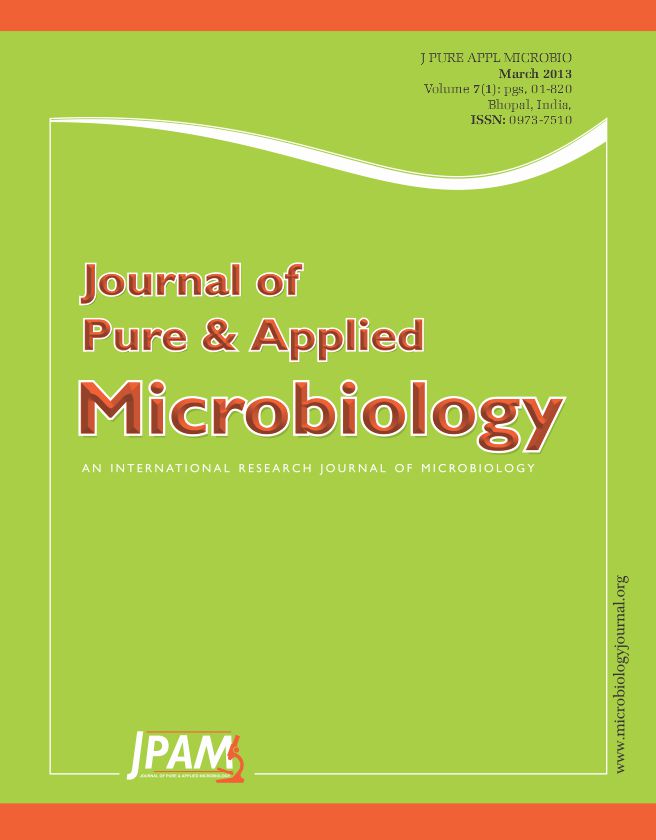In order to know about distribution of Salmonella spp. and proportion of Salmonella typhi in raw and treated wastewater, the real-time PCR methods were established and applied to monitoring of influents and effluents from three municipal wastewater treatment plants. Salmonella typhi can be well distinguished from non-typhi Salmonella by using specific primer set. The detection limit is 4.20 copies for Salmonella and 5.28 copies for Salmonella typhi per PCR. Statistical analysis showed that the distributions of Salmonella spp. and Salmonella typhi well followed the log-normal relationship. In influent samples, Salmonella spp. ranged 103~106 copies/100mL, and Salmonella typhi ranged 102~104 copies/100mL. Municipal wastewater treatment process can remove around 1 log unit for Salmonella and 0.5 log units for Salmonella typhi in general. The proportion of Salmonella typhi in Salmonella spp. was under 5% in most raw wastewater samples. The established methods can be usefully used to quantitative detect Salmonella and analyze proportion of Salmonella typhi in wastewater. This is useful to further study on Salmonella transmission in urban water environment and health risk assessment.
Distribution; quantification, real-time PCR, Salmonella spp., Salmonella typhi, wastewater treatment plant
© The Author(s) 2014. Open Access. This article is distributed under the terms of the Creative Commons Attribution 4.0 International License which permits unrestricted use, sharing, distribution, and reproduction in any medium, provided you give appropriate credit to the original author(s) and the source, provide a link to the Creative Commons license, and indicate if changes were made.


